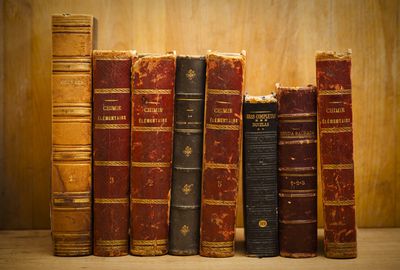

Other critics have examined closely the categorical problems inherent to a term that links a stable notion of gender to a notoriously slippery literary mode. Yet, I have wanted to write this article for some time, because categorizing a work as part of the Female Gothic seems to create more problems for analysis than it solves. It seemed ungrateful to question a literary category that made my scholarship and that of many of my peers even possible. So, I entitled this piece, “Was there ever a Female Gothic?” with a sense of hesitation. The institutionalization of “Gothic Studies” within academies is due, in large part, to those pioneering second-wave critics ( Fitzgerald, 2009: 13–20). Gothic writing by authors such as Ann Radcliffe, Mary Shelley and the Brontës played a central part in that movement.


Moers’s work and that of many other-second wave feminists (Margaret Doody, Sandra Gilbert, Susan Gubar, Leona Sherman, et al.) reclaimed a wealth of textual material written by women and created a place for it within the canon. The term touched on something vital to women’s experience, generating robust feminist scholarship exploring the urgency and persistence of these themes in women’s writing and lives. In her groundbreaking Literary Women (1976), Ellen Moers introduced the term “Female Gothic” to describe how eighteenth- and nineteenth-century women novelists employ certain coded expressions to describe anxieties over domestic entrapment and female sexuality. It is argued that the answer to this question rests in looking at how Gothic women’s writing was received in the early nineteenth century and how that reception history shaped the discursive strategies of second-wave feminist literary critics. This essay asks why criticism clings to an understanding of this genre as one depicting female victimization despite overwhelming textual evidence that represents a much more complicated picture of women’s use and engagement with the Gothic mode. While several critics have attempted to destabilize the term Female Gothic, its usage persists as a short-hand form to describe narratives in which distressed female heroines are imprisoned in the domestic sphere and threatened with extortion, rape and forced marriage. This article examines the reception history of women-authored Gothic texts from the late eighteenth and early nineteenth century, arguing that the generic descriptor “Female Gothic” more accurately reflects the ideological goals of second-wave feminist literary criticism than the narratives of early women Gothic writers.


 0 kommentar(er)
0 kommentar(er)
